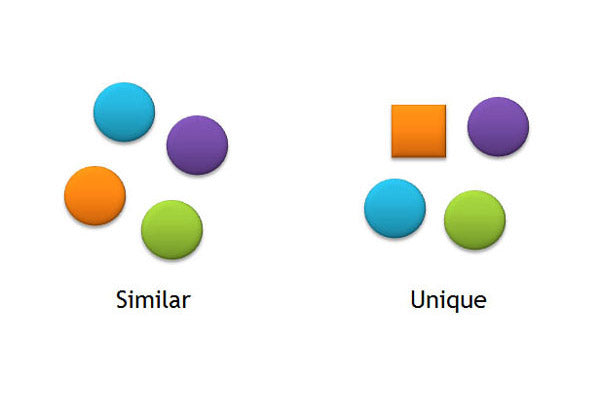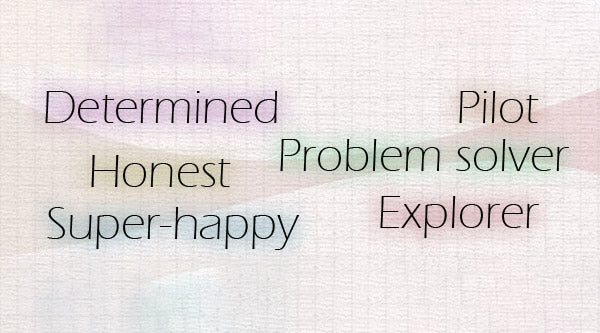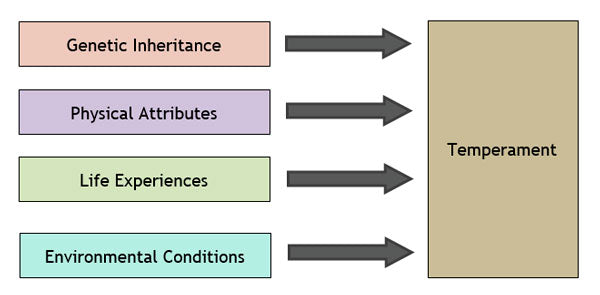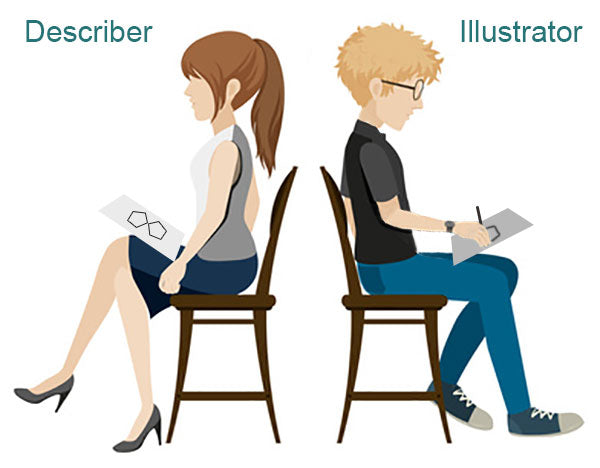Purpose
This is an exercise to help team members discover their common interests and skills as well recognising each person’s unique skills and experiences. The setup is quite simple and you can easily customise it to focus on a specific idea based on your training needs. It can be used for both young and mature teams.
The power of this exercise is that it indirectly shows that there can be a lot of similarities between people in a team which will help to bring them closer together as they will acknowledge these similarities. In contrast, they also get to recognise their differences and appreciate that these differences lead to unique contributions which would ultimately make the team more powerful and creative.
Objective
- Identify a series of unique and common features of your teammates.
What You Need
- Papers
Setup
- If you have up to 8 delegates run the exercise with all of them involved. If you have more than 8 delegates, divide them into groups of about 5.
- Provide one sheet to each group.
- Ask them to write “Similar” at the top.
- Ask each group to consider what they have in common. They should write a list of their similarities on paper.
- While thinking of similarities, ask them to consider the following:
- Consider attitudes, behaviours and mentalities. Examples are, punctuality, friendliness, driven and so on.
- Avoid superficial and unhelpful features, especially anything visual. For example, a similarity such as wearing glasses or being tall isn’t going to help anyone in this exercise.
- Allocate 5 minutes for this part. Groups should aim to write as many as they can in the given time.
- Now distribute another sheet to each group.
- Ask groups to write “Unique” on top of the paper.
- Ask groups to consider what is unique in their specific sub-group. As before they should only consider behaviours and attitudes as opposed to superficial characteristics. A unique trait is a trait that only one member of the sub-group exhibits. Each group should explore their characteristics and possibly discuss what their ideas and attitudes are to discover what is unique between them.
- Allocate 10 minutes for this part.
- Bring everyone back together. If you had multiple groups, ask them to share their experiences of this exercise and what they learned from each other.
- Follow with a discussion.
Timing
Explaining the Exercise: 2 minutes
Activity: 5 min similarities + 10 min uniqueness = 15 minutes
Group Feedback: 10 minutes
Discussion
Were you surprised with what you found about each other in this exercise? What were the novel similarities? What were the unique traits? Did you learn something about yourself that you did not consider before? Did your group identify that something was unique about you that made you feel important and more useful to the group?
Variations
To Tutor: You can easily customise this exercise by asking explicitly what delegates need to consider while making the lists. This allows you to focus the exercise in a particular direction. Consider the following variations:
- Only consider technical skills
- Only consider soft skills
- Only consider technical skills related to this specific project
- Only consider productivity
- Only consider leadership
- Only consider mannerism, body language and personal image (the focus here is on personal branding and personal impact, as opposed to superficial characteristics such as similar eye colours!)
Soft Skills Training Materials
Get downloadable training materials
Online Train the Trainer Course:
Core Skills
Learn How to Become the Best Trainer in Your Field
All Tags
Training Resources for You

Course Design Strategy
Available as paperback and ebook

Free Training Resources
Download a free comprehensive training package including training guidelines, soft skills training activities, assessment forms and useful training resources that you can use to enhance your courses.

Our Comprehensive Guide to Body Language

Train the Trainer Resources
Get Insights - Read Guides and Books - Attend Courses
Training Materials
Get downloadable training materials on: Management Training, Personal Development, Interpersonal Development, Human Resources, and Sales & Marketing














Leave a comment
All comments are moderated before being published.
This site is protected by hCaptcha and the hCaptcha Privacy Policy and Terms of Service apply.